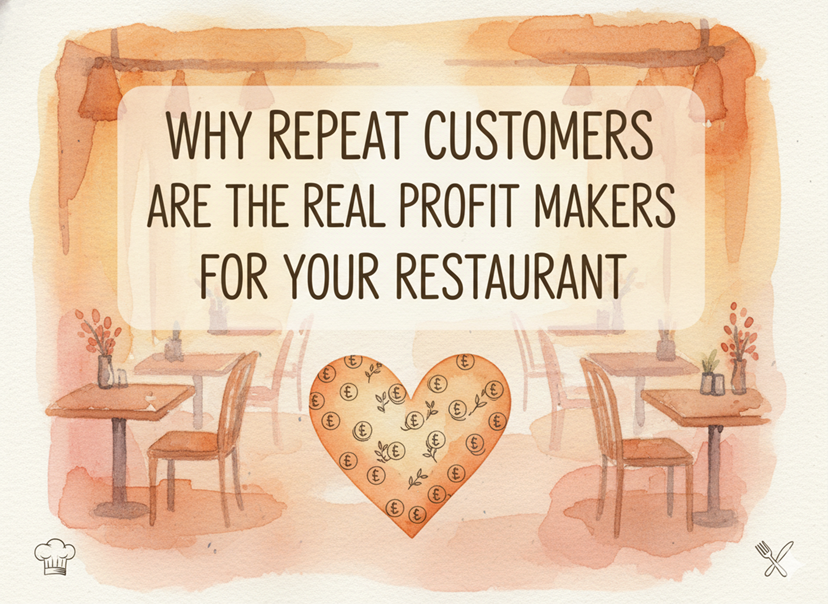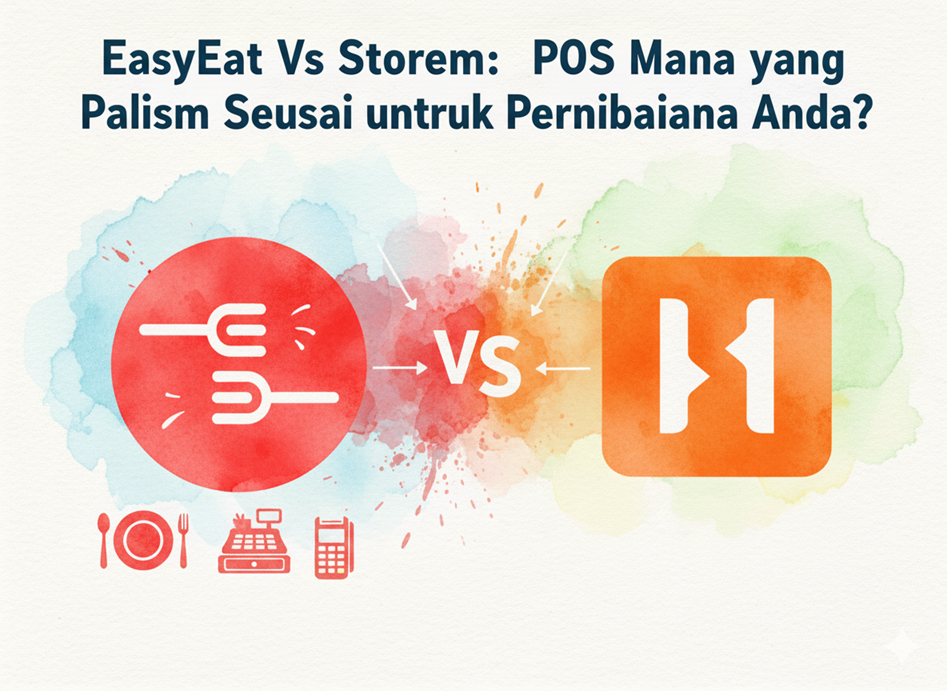Running a successful restaurant entails juggling numerous responsibilities, and managing finances and accounting is undeniably one of the most critical. However, with outdated or inefficient accounting systems, this aspect can quickly become overwhelming. Adopting a new restaurant accounting system might seem like a daunting task, especially when considering the potential disruptions to operations. But fear not, for in this article, we’ll guide you through a seamless transition process, ensuring minimal disruption while maximizing efficiency.
Assess Your Current Restaurant Accounting System
Before you can begin the process of adopting a new accounting system, it’s crucial to understand the strengths and weaknesses of your current system. This involves conducting a thorough evaluation of how your current system handles various tasks such as data entry, reporting, payroll management, and financial statement generation. Identify any pain points or inefficiencies that hinder your restaurant’s financial management processes. For example, if you find that your current system requires extensive manual data entry, lacks real-time reporting capabilities, or struggles with generating accurate financial statements, these are areas that need improvement.
Research and Select the Right Restaurant Accounting System
Once you’ve identified the shortcomings of your current system, the next step is to research and select a new accounting system that addresses these issues effectively. Look for accounting software solutions specifically designed for restaurants or hospitality businesses. Consider features such as automated data entry, integration with point-of-sale (POS) systems, payroll management tools, inventory tracking capabilities, and customizable reporting options. Additionally, evaluate whether a cloud-based accounting system would be beneficial for your restaurant, as it offers advantages such as remote access, scalability, and automatic backups for data security.
Prepare Your Team for the Transition
Transitioning to a new accounting system requires the cooperation and support of your restaurant staff. Communicate the need for change and the benefits of adopting a new system for improving efficiency and financial management. Designate a project lead or team responsible for overseeing the implementation process and coordinating with the accounting software provider. Provide comprehensive training sessions or workshops to familiarize your team with the new system and its functionalities. Encourage open communication to address any concerns or questions that may arise during the transition period.
Plan the Implementation Process
Creating a detailed implementation plan is essential for ensuring a smooth transition to the new accounting system. This plan should outline key milestones, timelines, and responsibilities for everyone involved in the process. Prioritize tasks such as data migration from the old system to the new one, ensuring that important financial data is transferred accurately and securely. Collaborate closely with your accounting software provider to establish a clear roadmap for data transfer, reconciliation, and system setup. Before fully transitioning to the new system, conduct thorough testing using sample data to identify and address any potential challenges or compatibility issues.
Gradual Rollout and Parallel Runs
Instead of immediately switching to the new accounting system, consider implementing a phased approach to minimize disruption to your restaurant’s operations. Run both the old and new systems concurrently for a period, allowing your team to gradually familiarize themselves with the new system while still relying on the old one for critical tasks. This approach enables you to maintain operational continuity while ensuring that the new system meets your requirements. Conduct regular reconciliations between the old and new systems to verify data accuracy and consistency. As your team becomes more comfortable with the new system, gradually increase its usage while closely monitoring its performance and addressing any issues that arise along the way.
FAQ
- How can I determine the cost-effectiveness of adopting a new restaurant accounting system compared to maintaining the current one?
Determining the cost-effectiveness of adopting a new restaurant accounting system versus maintaining the current one involves considering various factors. You’ll need to assess the upfront costs of purchasing and implementing the new system, including any training expenses for your staff. Additionally, evaluate the potential long-term savings in time and resources that the new system may offer, such as reduced manual data entry or improved efficiency in financial reporting. Compare these costs and savings to the ongoing expenses associated with maintaining your current system, such as software licenses, support fees, and the cost of potential errors or inefficiencies. Conducting a thorough cost-benefit analysis will help you make an informed decision about the financial impact of adopting a new accounting system.
- Are there any potential risks or challenges associated with transitioning to a new accounting system that I should be aware of?
Transitioning to a new accounting system can indeed pose certain risks and challenges that require careful consideration. Some potential risks include data loss or corruption during the migration process, compatibility issues with existing software or hardware systems, and disruptions to day-to-day operations if the transition is not properly managed. It’s essential to identify and mitigate these risks by thoroughly planning the implementation process, conducting extensive testing before fully transitioning to the new system, and providing adequate training and support to your staff. Additionally, having contingency plans in place for potential issues that may arise can help minimize the impact of any unexpected challenges during the transition period.
- What steps can I take to ensure the security of sensitive financial data during the transition process and after implementing the new accounting system?
Ensuring the security of sensitive financial data during the transition process and after implementing the new accounting system is paramount. To safeguard your data, consider implementing encryption measures, access controls, and regular backups to protect against data breaches, unauthorized access, or data loss. Work closely with your accounting software provider to ensure that their system complies with industry standards for data security and privacy, such as PCI DSS or GDPR. Train your staff on best practices for data security and implement protocols for securely handling and storing financial information. Regularly monitor your system for any suspicious activity and promptly address any security vulnerabilities that may arise. By prioritizing data security throughout the transition process and beyond, you can minimize the risk of data breaches and protect your restaurant’s financial information.
Adopting a new restaurant accounting system is a journey that requires meticulous planning and execution. By assessing your current system, selecting the right software, preparing your team, planning implementation, and adopting a gradual rollout approach, you can seamlessly integrate the new system without disrupting operations. Remember, ongoing monitoring and support are essential for long-term success. Embrace the benefits of efficiency and accuracy that come with your new accounting system, and watch your restaurant thrive.



